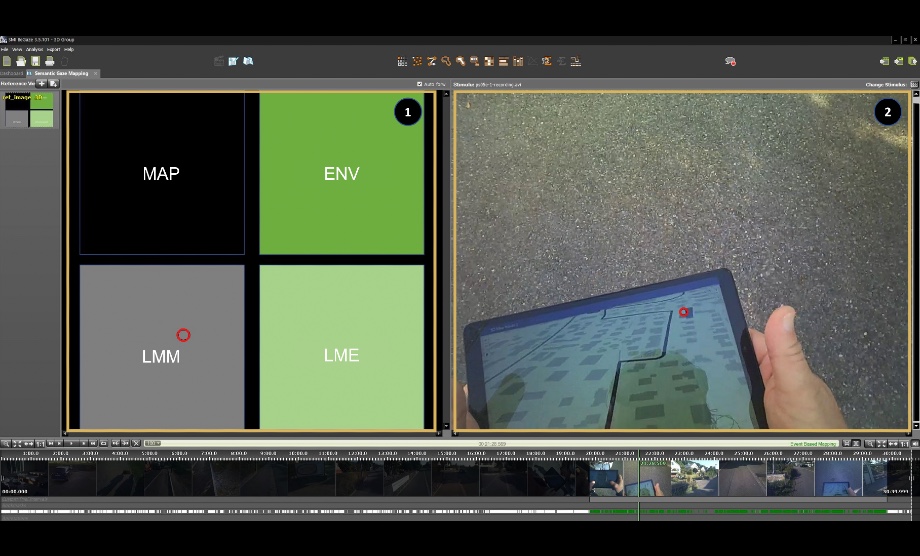GIScience Conference 2021
The influence of landmark visualization style on expert wayfinders’ visual attention during a real-world navigation task.
11th International Conference on Geographic Information Science, Sep. 27–30, 2020/1, Poznan, Poland.

Proceedings (short papers), 11th International Conference on Geographic Information Science, Sep. 27–30, 2020/1, Poznan, Poland.
Abstract
Landmarks serve to structure the environment we experience, and therefore they are also critically important for our everyday movement through and knowledge acquisition about space. How to effectively visualize landmarks to support spatial learning during map-assisted pedestrian navigation is still an open question. We thus set out to assess how landmark visualization styles (i.e., abstract 2D vs. realistic 3D) influence map-assisted spatial learning of expert wayfinders in an outdoor navigation study. Below we report on how the visualization of landmarks on mobile maps might influence wayfinder’s gaze behavior while trying to find a set of landmarks along a given route in an unfamiliar environment. We find that navigators assisted with mobile maps showing realistic-looking 3D landmarks more equally share their visual attention on task-relevant information, while those assisted with maps containing abstract 2D landmarks frequently switch their visual attention between the visualized landmarks and the mobile map to complete the navigation task. The presented analysis approach for the assessment of wayfinder’s gaze patterns has the potential to contribute ecologically valid insights for the understanding of human visual attention allocation during outdoor navigation, and to further understand how landmark depiction styles on mobile maps might guide wayfinders’ visual attention back to the environment to support spatial learning during map-assisted navigation.